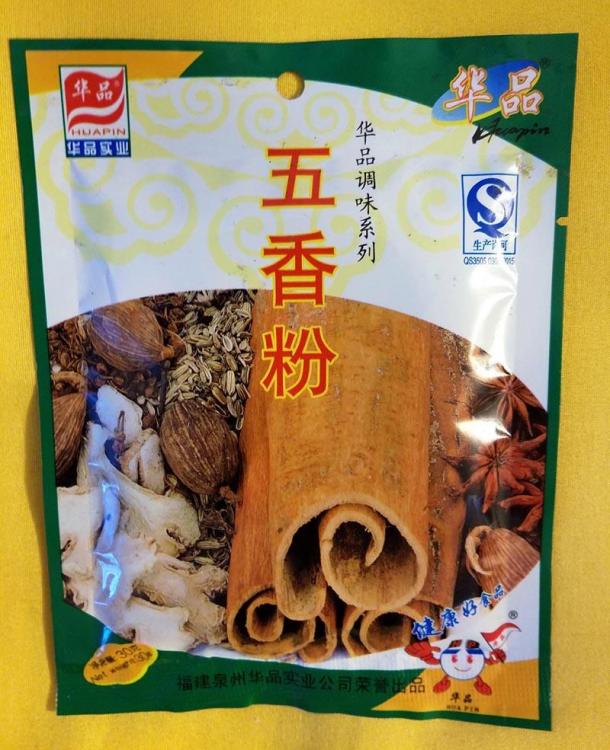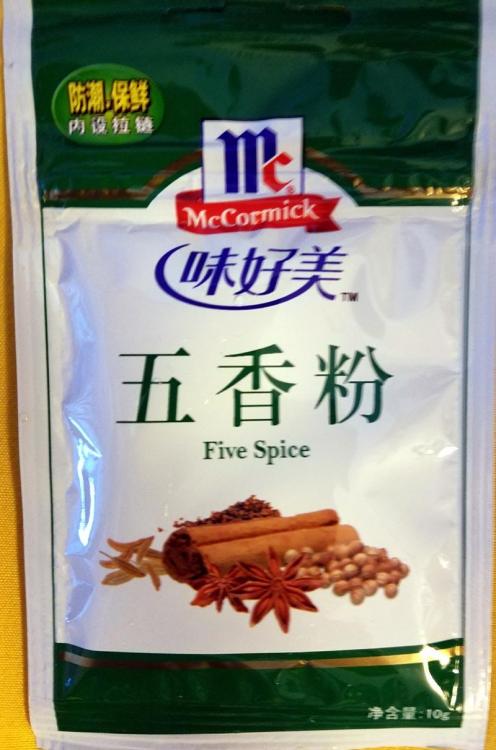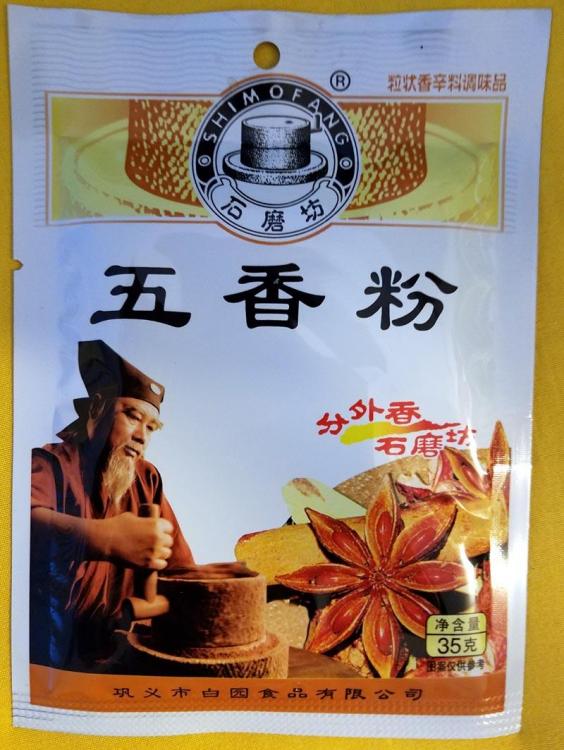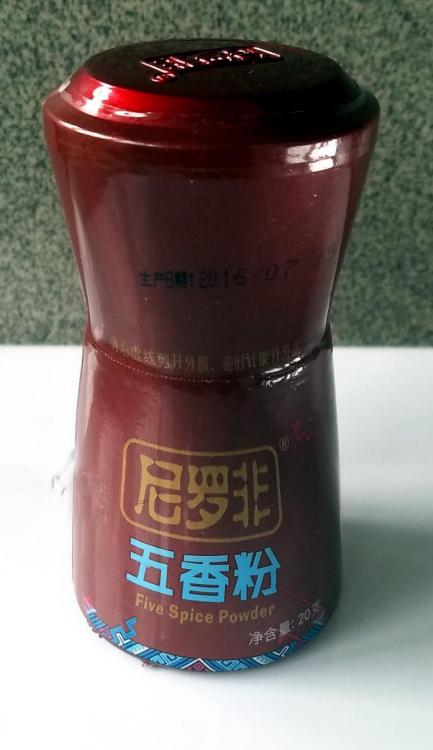An old friend from England contacted me yesterday via Facebook with a couple of questions about Five Spice Powder.
Thought there me be some interest here, too.
Is there anything more typically Chinese than five spice powder (五香粉 - wǔ xiāng fěn)?
Well, yes. A lot.
Many years ago, I worked in an office overlooking London’s China town. By around 11 am, the restaurants started getting lunch ready and the smell of FSP blanketed the area for the rest of the day. When I moved to China, I didn’t smell that. Only when I first visited Hong Kong, did I find that smell again.
In fact, FSP is relatively uncommon in most of Chinese cuisine. And if I ever see another internet recipe called “Chinese” whatever, which is actually any random food, but the genius behind it has added FSP, supposedly rendering it Chinese, I’ll scream.
I get all sorts of smells wafting through the neighbourhood. Some mouth-watering; some horrifying. But I don't recall ever that they were FSP.
But what is it anyway? Which five spices?
Today, I bought four samples in four local supermarkets. I would have would have preferred five, but couldn’t find any more. It's not that popular.
First thing to say: none of them had five spices. All had more. That is normal. Numbers in Chinese can often be vague. Every time you hear a number, silently added the word ‘about’ or ‘approximately’. 100 km means “far”, 10,000 means “many”.
Second, while there are some common factors, ingredients can vary quite a bit. Here are my four.
1.
Ingredients – 7
Star Anise, Fennel Seed, Orange Peel, Cassia Bark, Sand Ginger, Dried Ginger, Sichuan Peppercorns.
2.
Ingredients – 6
Cassia Bark, Star Anise, Fennel Seed, Coriander, Sichuan Peppercorn, Licorice Root.
3.
Ingredients – 15
Fennel Seeds, Sichuan Peppercorns, Coriander, Tangerine Peel, Star Anise, Chinese Haw, Cassia Bark, Lesser Galangal, Dahurian Angelica, Nutmeg, Dried Ginger, Black Pepper, Amomum Villosum, Cumin Seeds, Cloves.
4.
Ingredients – 6
Pepper (unspecified – probably black pepper), Sichuan Peppercorns, Star Anise, Fennel Seeds, Nutmeg, Cassia.
So, take your pick. They all taste and smell almost overwhelmingly of the star anise and cassia, although there are subtle differences in taste in the various mixes.
But I don’t expect to find it in many dishes in local restaurants or homes. A quick, unscientific poll of about ten friends today revealed that not one has any at home, nor have they ever used the stuff!
QuoteI'm just a soul whose intentions are good
Oh Lord!, please don't let me be misunderstood.
first recorded by Nina Simone 1964
I'm not suggesting that FSP shouldn't be used outside of Chinese food. Please just don't call the results Chinese when you sprinkle it on your fish and chips or whatever. They haven't miraculously become Chinese!
Like my neighbours and friends, I very rarely use it at all.
In fact, I'd be delighted to hear how it is used in other cultures / cuisines.







